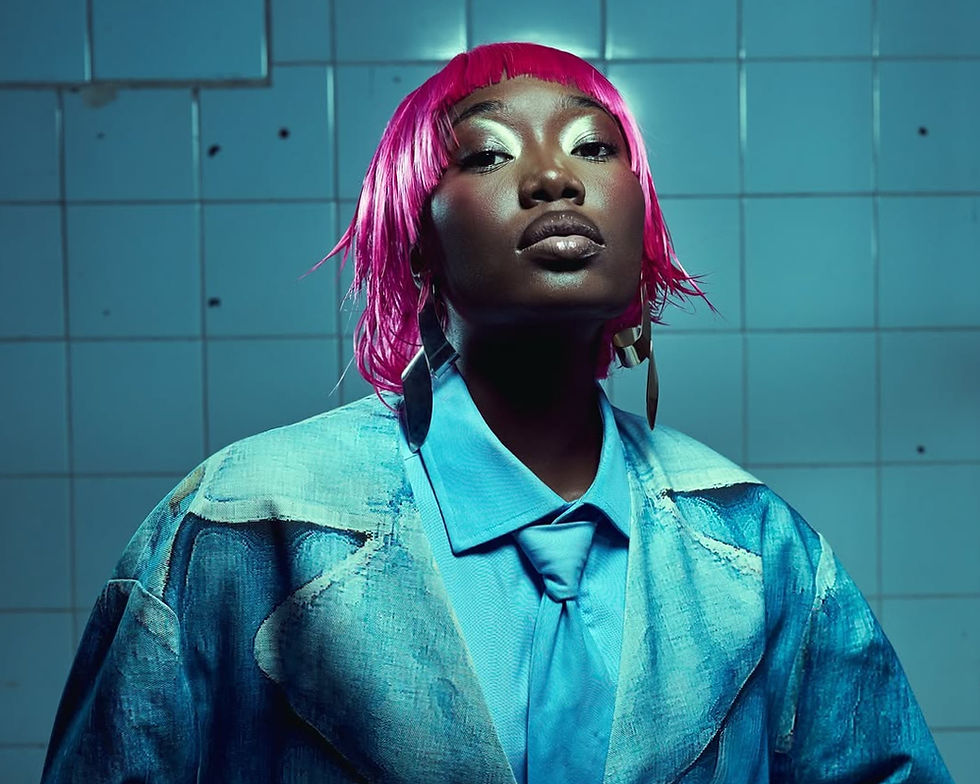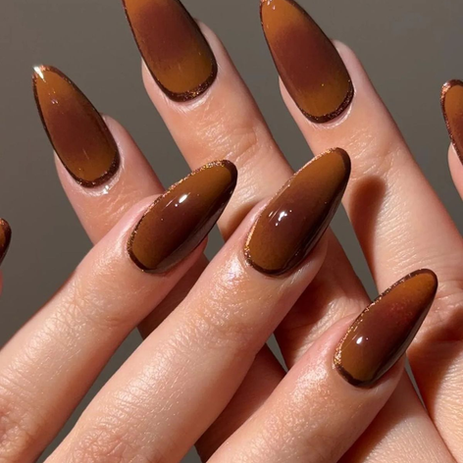The Return of the Ballet Body: Thinness Disguise as Wellness
- BY MAMELLO MOKOENA

- May 20, 2025
- 5 min read
Updated: May 21, 2025

Image: Alabama River Region Ballet
There was a time, think early 2000s, when the ultra-thin body ideal was blatantly unhealthy. The waifish, sunken-eyed look of heroin chic was openly linked to dangerous habits: chain-smoking, excessive dieting and even substance abuse. By the 2010s, conversations around body image shifted. We saw some level of awareness: we knew what it took to be that thin and for once, there was acknowledgment that it wasn’t realistic, attainable, or healthy for an overwhelming majority of people. Conversation about health started to be had and it became socially unacceptable to openly engage in or promote self-destructive behaviours in the name of beauty. The public began to embrace body diversity and prioritise mental well-being, or at least on the surface it did. This shift signaled a shift toward a more inclusive and supposedly holistic understanding of health.
But fashion is cyclical and so is its obsession with thinness. The same body standard is back! Only this time, it's dressed in the language of wellness. Enter the ballet body and the Pilates body, two terms that romanticise extreme slenderness under the guise of health and self-care. Unlike the heroin chic era, where the unhealthy behaviours associated with it were part of the aesthetic, today’s thinness is rebranded as something "natural," attainable through discipline, a clean diet, and of course, the right (and expensive) wellness routine.
Don’t get me wrong, due to genetics, some people can look like this new standard naturally, eating healthy and workout, or even while still enjoying the regular pizza and barely being active. But the problem arises when that naturally rare body type is portrayed as universally achievable and sold as the expected result of a specific lifestyle. It reinforces the illusion that thinness is a choice, rather than a complex combo of biology, privilege and/or access.
Advertisement
The Business of Wellness and the Myth of Healthy Thinness

The modern ballet body, slim, toned but not muscular, soft yet lean—is being sold as the result of a "balanced lifestyle." It's a level of thinness that is now marketed as not only achievable but desirable in a way that feels more aspirational than the outright self-destruction of the early 2000s. But let’s be honest: this body type isn’t coming from just drinking water and stretching a little.
This version of thinness requires a very specific lifestyle, one that is only accessible to those who can afford it. It’s the boutique Pilates classes, the green juices with gut cleansing properties, the right supplements, the lymphatic drainage massages and the overpriced oat-milk matcha lattes. It’s an aesthetic and a business model, where capitalism thrives on convincing women that they are simply one step away from achieving a naturally thin, sculpted body, if only they just invest in the right products.
Instead of admitting that this thinness is just as unsustainable as in the heroin chic era, we’ve placed it under a pseudoscientific veil of wellness, making it seem as though anyone can achieve it with enough discipline. What was once an openly disordered mindset has now been dressed up in "self-care" and "clean living.".
Advertisement
Enter #skinnytok

On social media, the resurgence of thinness finds its most viral home on TikTok under hashtags like #thatgirl and even more scary and to the point, #skinnytok. These trends, wrapped in aesthetic morning routines and wellness vlogs, weightloss tips, subtly glorify extreme slenderness while claiming to promote "healthy habits." Videos showcase calorie-light meals, hours of workouts, meticulous body measurements, compulsive body-checking and aspirational outfits that only seem to flatter a certain body type.
Though the language has evolved from less "thinspo," to more "discipline" and "clean eating", the underlying message is pretty much the same: thinness equals worthiness. The content looks polished and aspirational on the surface. It looks like a cutesy, safe space on the internet where women can build a community and share advice on how to be better versions themselves but it gets dark quickly and can easily slip into obsession and comparison, particularly for younger audiences who are still forming their relationships with their bodies.
And How Do We Know This Isn’t Just That?

If the ballet body was truly the result of a "healthy lifestyle," then why are we seeing a rise in buccal fat removal, fillers in the jaw and cheeks to create a thinner, more angular face and worst of all; Ozempic?
For all the green juices and Pilates classes, there's an undeniable reality; many of the same celebrities and influencers who promote these so-called attainable lifestyles are also turning to extreme medical interventions to maintain their weight loss and they are very often, not transparent about the extra help that they have.
Advertisement
Ozempic: The Billionaire’s Weight Loss Drug
Originally developed for people with Type 2 diabetes, Ozempic (semaglutide) works by regulating blood sugar and slowing digestion, which leads to decreased appetite and inevitably, weight loss. It wasn’t long before Hollywood caught on, with reports of celebrities using it off-label as a quick fix for shedding weight.
Amy Schumer, the comedian and actress known for her candid humour, openly discussed her experience with Ozempic. She revealed that she began using the medication around 2022 and experienced rapid weight loss, shedding approximately 30 pounds (14kg). However, Schumer also faced severe side effects, including extreme nausea that left her bedridden and unable to engage in daily activities. She ultimately decided to discontinue its use, emphasising the importance of transparency and cautioning others about the potential risks associated with such weight-loss methods.
The Kardashian-Jenner family, known for their ability to dictate body trends, have also been at the center of speculation. Kim Kardashian’s drastic weight loss ahead of the 2022 Met Gala, where she claimed to have lost 16 pounds (7kg) in three weeks to fit into Marilyn Monroe’s dress, raised eyebrows. Meanwhile, Khloé Kardashian’s dramatically slimmed-down figure has led to online speculation about the use of Ozempic, even though she attributes her transformation to an intense gym routine. If the family who had cosmetic work done to have curves is now going back on said investments to have a completely different body type, then you know the tides are changing.
Advertisement
Thinness in Disguise
The ballet body is just the heroin chic body repackaged for the Instagram age, a more polished version of an old aesthetic. It still demands restriction, still upholds an unattainable ideal and still centers thinness as the ultimate aspiration. Only now, it’s sold as health instead of harm. And in a world where being unhealthy is frowned upon, this is how thinness survives, it's hidden beneath the smooth branding of wellness culture but its reality is just as bleak.
So, before we fall for yet another body trend disguised as empowerment, let’s ask ourselves: Who actually benefits from this? Because it certainly isn’t us.






























































